On the afternoon of November 5, the Ministry of Agriculture and Environment held a workshop "Reviewing and evaluating the implementation of the Project on developing biological industry in the agricultural sector for the period 2021-2025, with orientation for the period 2026-2030".
Investment efficiency and wide application in agriculture
Reporting on the current status and prospects of global and Vietnamese biotechnology to 2030, Prof. Dr. Le Huy Ham, former Director of the Institute of Agricultural Genetics, said that the global biotechnology market is expected to reach 5.71 trillion USD by 2034, a sharp increase from 1.77 trillion USD in 2025, with a compound annual growth rate (CAGR) of 13.9%.
Of which, the US accounts for 37.42% of revenue in 2024, while the Asia- Pacific region is expected to have the fastest growth rate, reaching a CAGR of 14.8%. In terms of application segment, biopharmaceuticals will account for the largest market share with 42% in 2024, while bioinformatics is expected to grow steadily with a CAGR of 13.2%.
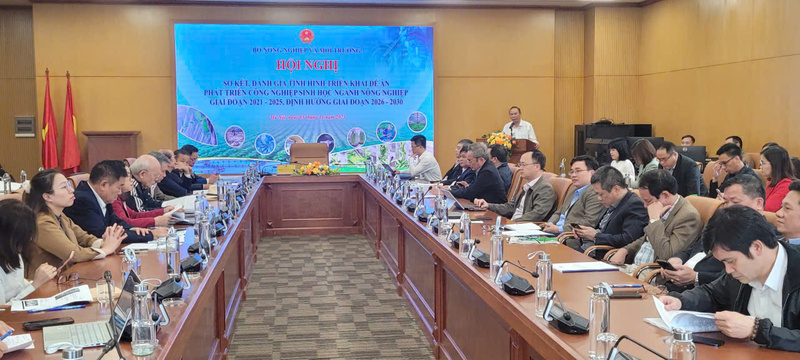
Overview of the conference. Photo: NH
In terms of technology, tissue engineering and regeneration will account for the highest market share in 2024 at 19.17%, while the chromatography segment is forecast to grow at a CAGR of 15.1%. North America will remain the market leader in 2022, with an expected growth rate of 10.45%. In terms of agricultural biotechnology, the prominent segments include: Plant biotechnology with a 30% market share in 2022, genetic engineering with 25%, tissue culture with 20%, hybrid seeds with 30% and biofertilizers with 26% of revenue in 2022.
Notably, the global CRISPR-based gene editing (gene editing technology) market was valued at USD 6.15 billion in 2024, projected to reach USD 24.37 billion by 2034, with a CAGR of 14.76% from 2025-2034. This growth is driven by the rising prevalence of genetic disorders, advancements in CRISPR technology, focus on personalized medicine, regenerative medicine, and increased investments in CRISPR research and development.
In Vietnam, after 5 years of implementing the Bioindustry Program, Vietnam has achieved remarkable initial results. In the agricultural sector, bioindustry has been applied in many areas: Cultivation (rice, flowers, vegetables), animal husbandry (vaccines, seeds), aquaculture (shrimp, fish), plantation forests (eucalyptus) and other bioindustrial products. This is the basis for the industry to continue to develop, bring science and technology into production, and at the same time clearly identify the current situation of Vietnam compared to the world, orienting specific solutions and goals.
However, to develop effectively, experts say the industry needs to focus on overall solutions, instead of implementing each topic separately. There needs to be a clear division of labor, assigning tasks to each institute and research facility according to each product chain and specific characteristics.
Perfecting policies, infrastructure and human resources for the next phase
Concluding the workshop, Deputy Minister of Agriculture and Environment Phung Duc Tien said that the sector needs to review and improve relevant legal regulations, from laws, decrees, circulars to specialized decisions. This includes decentralization of government, inter-sectoral coordination mechanisms and mechanisms for management and evaluation of scientific and technological results. Specifying these regulations will help avoid overlaps and ensure effective investment and implementation.
On the other hand, testing processes are still slow, especially for crops, livestock and vaccines. Therefore, the industry needs to shorten testing time, take shortcuts, focus on strategic products, ensure practicality and direct applicability. Programs need to be designed according to product chains, linked to organic, circular, green and emission-reducing agricultural goals, and promote digital transformation across the industry.
Currently, infrastructure, equipment and human resources are key factors. Therefore, Deputy Minister Phung Duc Tien requested that it is necessary to analyze and evaluate the current situation, from facilities to the professional qualifications of the human resources. Investment needs to be divided into regions of the North, Central and South and focus on key areas: Cultivation, aquaculture, and livestock. At the same time, coordination between research institutes, businesses and international training institutions will improve application and innovation capacity.
International cooperation is an important tool to acquire technology and management experience from developed countries such as the US, China, and New Zealand. At the same time, scientific communication needs to be paid attention to, seminars should be organized, and experts should be invited to share in-depth knowledge in each field. This helps to update information, raise awareness, and promote practical application.
"The 2021-2025 period has recorded initial results of the bio-industry, creating a foundation for the next phase. However, it is necessary to supplement solutions more deeply, evaluate the effectiveness and applicability of each product and project. In the next phase, scientists, research institutes, universities and businesses need to coordinate closely to build a scientific, transparent, specific and practical management and operation mechanism," Deputy Minister Phung Duc Tien emphasized.
In addition, it is necessary to focus on strategic product chains, prioritizing green, circular, and organic agriculture. Investing in infrastructure, equipment, and developing high-quality human resources. Promoting international cooperation and scientific communication, updating information, connecting businesses and research institutes. Implementing the above solutions will help Vietnam improve its bioindustrial capacity, create products of economic value, promote exports, sustainable growth, and international integration.
From 2012 to 2023, more than 17,000 patents related to CRISPR technology (gene editing technology) were granted globally, of which China accounted for 46% and the United States nearly 40%, most of which focused on Cas9 applications. Vietnam is not currently on the list of countries owning CRISPR/Cas copyrights.
Source: https://congthuong.vn/thi-truong-cong-nghe-bi-hoc-toan-cau-huong-toi-moc-5-7-nghin-ty-usd-429138.html



![[Photo] Closing of the 14th Conference of the 13th Party Central Committee](https://vphoto.vietnam.vn/thumb/1200x675/vietnam/resource/IMAGE/2025/11/06/1762404919012_a1-bnd-5975-5183-jpg.webp)




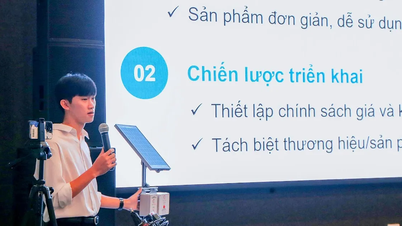


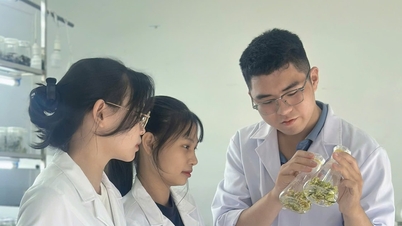



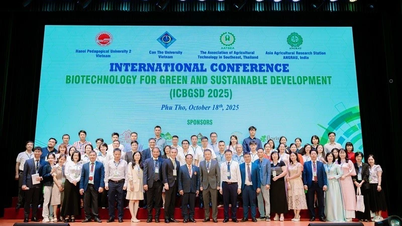










































































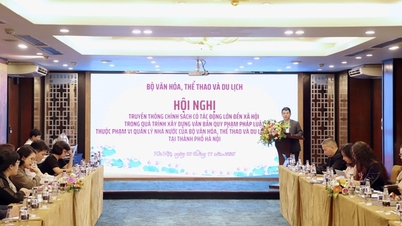
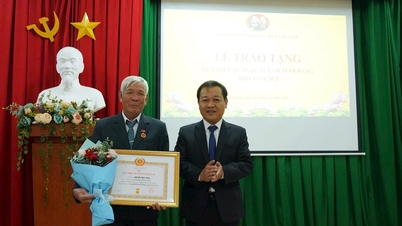









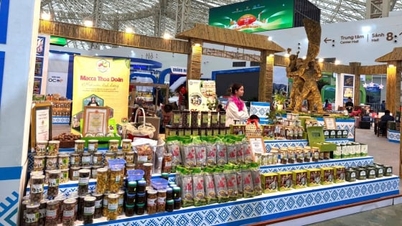












Comment (0)